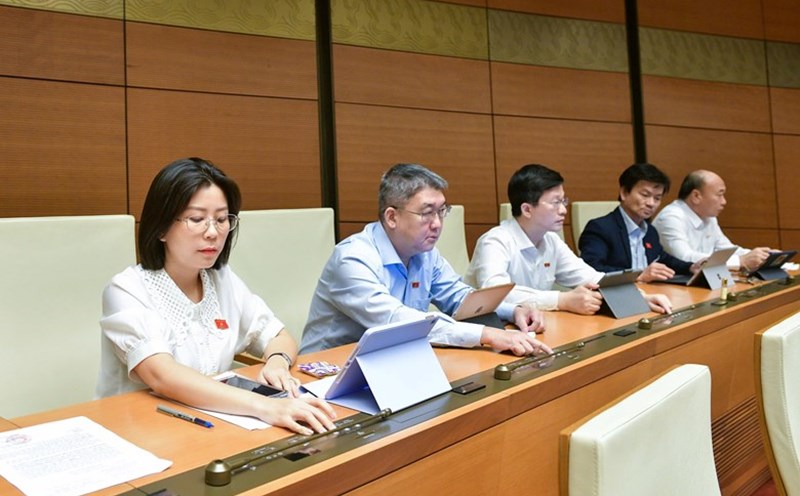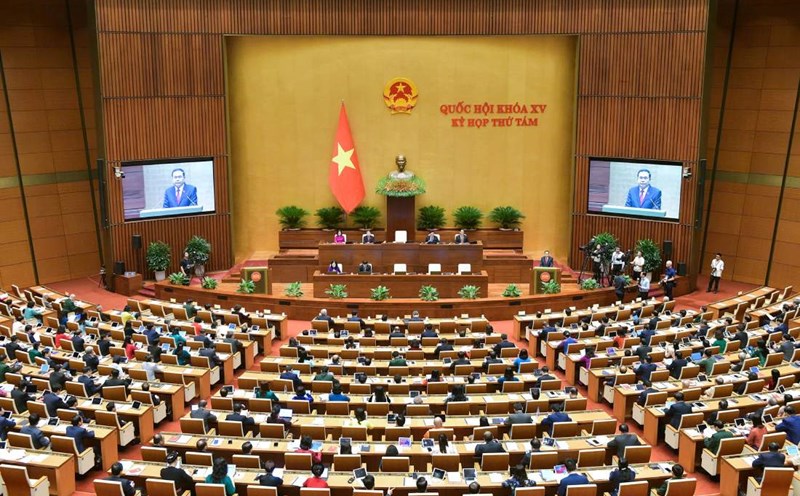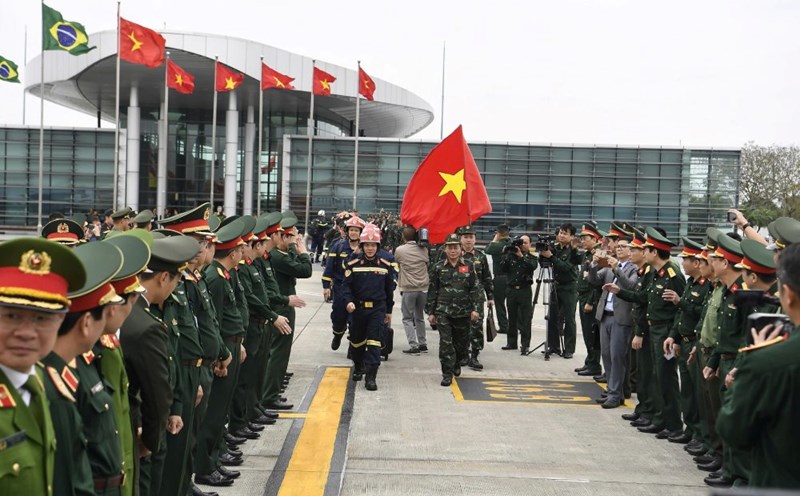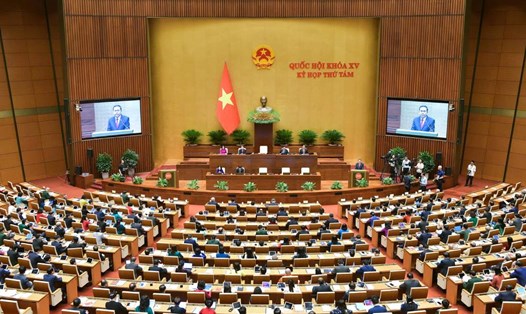Firstly, the State's pharmaceutical policy continues to be perfected to institutionalize the Party's viewpoint with the goal of developing the Vietnamese pharmaceutical industry into a spearhead industry.
Accordingly, the draft Law supplements a number of more innovative provisions compared to the 2016 Pharmacy Law to attract investment and further promote research and development of drug and pharmaceutical ingredient production, such as preferential policies on administrative procedures when granting circulation registration certificates and import licenses; policies on applying incentive mechanisms and support from support funds for scientific and technological activities in research, development, clinical trials, technology transfer, and production of drugs and pharmaceutical ingredients; policies on price maintenance and price reduction for some groups of drugs with production technology transfer; policies on digital transformation in pharmaceutical activities; determining the scale of projects in the pharmaceutical sector that are eligible for incentives and special investment support, and assigning the Government to provide detailed regulations to ensure feasibility and bring the State's policies on pharmaceuticals and pharmaceutical industry development into life.
Second is to create a legal corridor for new business forms and methods, which are:
- Regulations on the establishment of a pharmacy chain as a separate type of pharmaceutical business establishment, business conditions, rights and responsibilities of the establishment of a pharmacy chain, pharmacies in the pharmacy chain, notably the right to rotate drugs and the right to rotate people responsible for pharmaceutical expertise between pharmacies in the pharmacy chain;
- Regulations on trading drugs and pharmaceutical ingredients by e-commerce, specifically, supplementing regulations on electronic means, types of drugs and pharmaceutical ingredients allowed to be traded by e-commerce; supplementing the rights and responsibilities of pharmaceutical businesses by this method.
Third, specify the rights and responsibilities of foreign-invested pharmaceutical businesses in the Law to ensure publicity and transparency in state management.
Fourthly, expanding the rights of manufacturing establishments, export and import establishments, and drug and pharmaceutical ingredient wholesale establishments to sell directly to a number of medical facilities, drug rehabilitation facilities, testing facilities, research and training facilities, and a number of other facilities; allowing medical examination and treatment facilities to import drugs to serve the special treatment needs of patients at the medical examination and treatment facilities.
Fifth, promote administrative procedure reform in drug and pharmaceutical ingredient circulation registration in the direction of classifying drugs and pharmaceutical ingredients based on different levels of drug properties as well as circulation to adjust records, procedures, time limits for granting, extending, changing, and supplementing drug and pharmaceutical ingredient circulation registration certificates accordingly to increase the ability to access drugs early for people while still ensuring the effectiveness of state management, quality control, safety and effectiveness of drugs; supplement regulations to limit the issuance of duplicate circulation registration numbers.
At the same time, there are specific regulations on records and procedures for registering drugs, drug ingredients, drug testing and drug trading in general to meet the requirements of national defense, security, natural disasters, catastrophes and epidemics.
Sixth, abolish the procedure for confirming drug information content. Strengthen decentralization, delegation of authority, and promote the role of the Department of Health in recalling and promptly handling drugs that violate quality in the management area, ensuring safe and effective use of drugs.
Seven is to prescribe price management measures to comply with the Law on Prices and specific measures in drug price management are to announce and re-announce the expected wholesale price of drugs applicable to prescription drugs, ensuring that drug sales through intermediary levels do not exceed the announced expected wholesale price.











